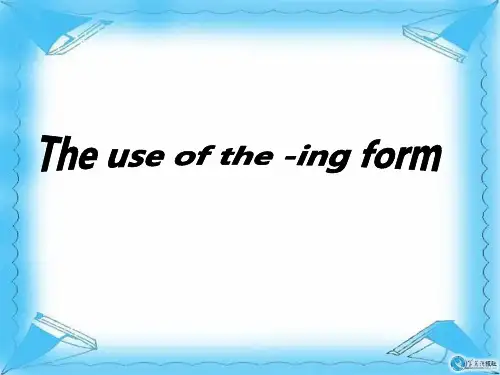Ving做状语
- 格式:ppt
- 大小:301.50 KB
- 文档页数:9
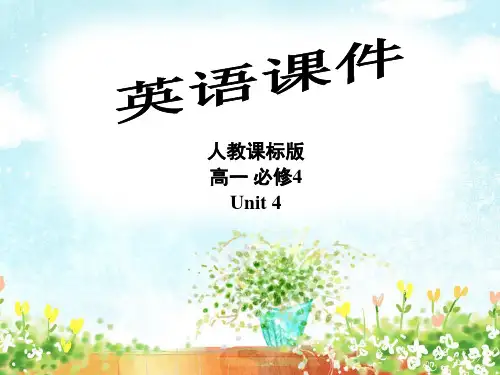
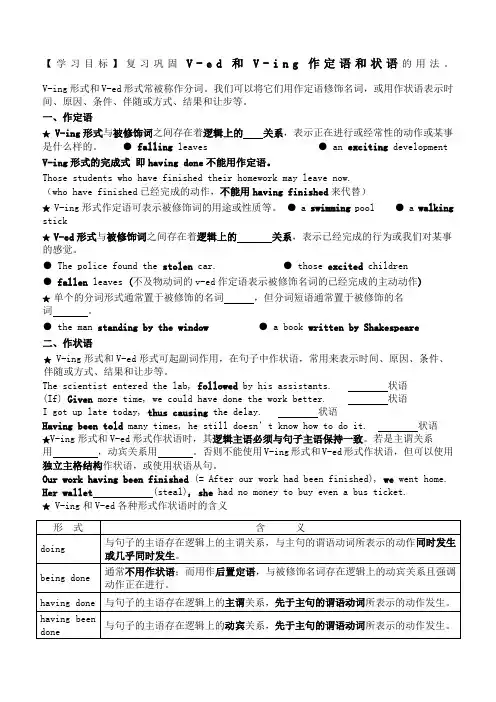
【学习目标】复习巩固V-e d和V-i n g作定语和状语的用法。
V-ing形式和V-ed形式常被称作分词。
我们可以将它们用作定语修饰名词,或用作状语表示时间、原因、条件、伴随或方式、结果和让步等。
一、作定语★ V-ing形式与被修饰词之间存在着逻辑上的关系,表示正在进行或经常性的动作或某事是什么样的。
●falling leaves ● an exciting development V-ing形式的完成式即having done不能用作定语。
Those students who have finished their homework may leave now.(who have finished已经完成的动作,不能用having finished来代替)★V-ing形式作定语可表示被修饰词的用途或性质等。
● a swimming pool ● a walking stick★ V-ed形式与被修饰词之间存在着逻辑上的关系,表示已经完成的行为或我们对某事的感觉。
● The police found the stolen car. ● those excited children●fallen leaves (不及物动词的v-ed作定语表示被修饰名词的已经完成的主动动作)★单个的分词形式通常置于被修饰的名词,但分词短语通常置于被修饰的名词。
● the man standing by the window● a book written by Shakespeare二、作状语★V-ing形式和V-ed形式可起副词作用,在句子中作状语,常用来表示时间、原因、条件、伴随或方式、结果和让步等。
The scientist entered the lab, followed by his assistants. 状语(If) Given more time, we could have done the work better. 状语I got up late today, thus causing the delay. 状语Having been told many times, he still doesn’t know how to do it. 状语★V-ing形式和V-ed形式作状语时,其逻辑主语必须与句子主语保持一致。

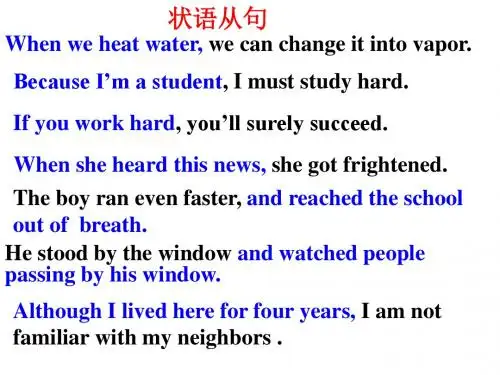

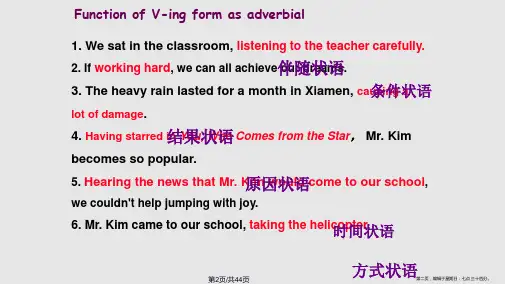
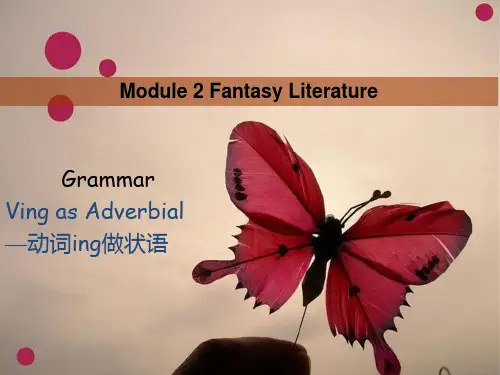

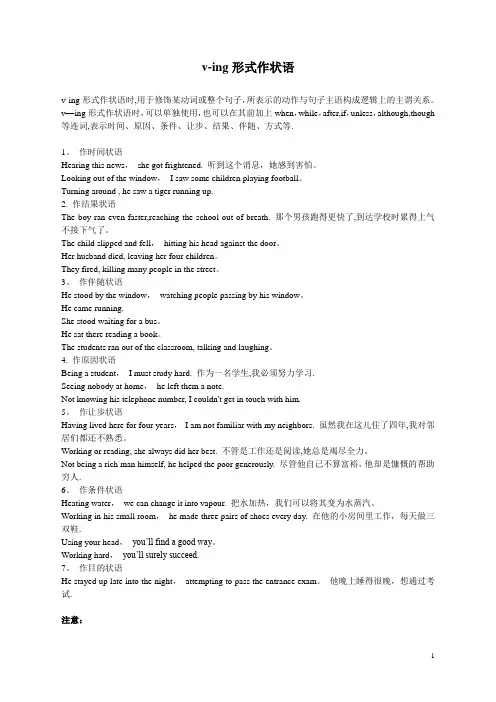
v-ing形式作状语v-ing形式作状语时,用于修饰某动词或整个句子,所表示的动作与句子主语构成逻辑上的主谓关系。
v—ing形式作状语时,可以单独使用,也可以在其前加上when,while,after,if,unless,although,though 等连词,表示时间、原因、条件、让步、结果、伴随、方式等.1。
作时间状语Hearing this news,she got frightened. 听到这个消息,她感到害怕。
Looking out of the window,I saw some children playing football。
Turning around , he saw a tiger running up.2. 作结果状语The boy ran even faster,reaching the school out of breath. 那个男孩跑得更快了,到达学校时累得上气不接下气了。
The child slipped and fell,hitting his head against the door。
Her husband died, leaving her four children。
They fired, killing many people in the street。
3。
作伴随状语He stood by the window,watching people passing by his window。
He came running.She stood waiting for a bus。
He sat there reading a book。
The students ran out of the classroom, talking and laughing。
4. 作原因状语Being a student,I must study hard. 作为一名学生,我必须努力学习.Seeing nobody at home,he left them a note.Not knowing his telephone number, I couldn't get in touch with him.5。
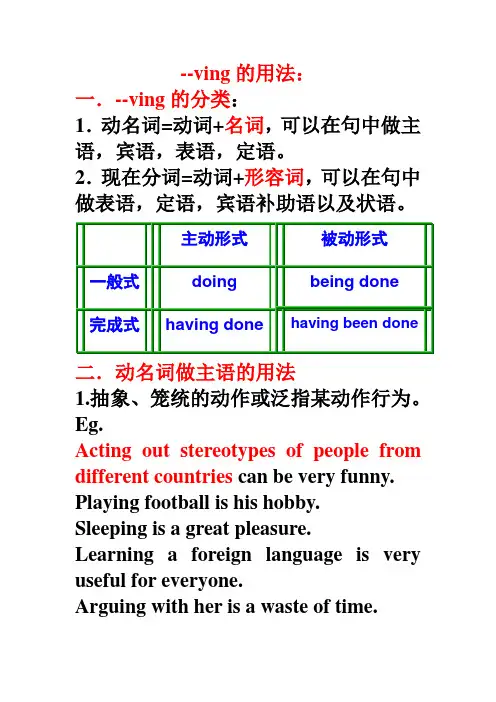
--ving的用法:一.--ving的分类:1.动名词=动词+名词,可以在句中做主语,宾语,表语,定语。
2.现在分词=动词+形容词,可以在句中做表语,定语,宾语补助语以及状语。
主动形式被动形式一般式doing being done完成式having done having been done二.动名词做主语的用法1.抽象、笼统的动作或泛指某动作行为。
Eg.Acting out stereotypes of people from different countries can be very funny. Playing football is his hobby.Sleeping is a great pleasure.Learning a foreign language is very useful for everyone.Arguing with her is a waste of time.2. 用it代替动名词做主语的情况,结构有:It is no use/ good/ fun/ a waste of time doing sth.It’s no use going there today; he won’t be there.It’s a waste of time arguing about it. 三.动名词做宾语的用法可以置于行为动词和介词后。
Eg.I suggested having a picnic. However, we didn’t reach an agreement.I have finished checking the homework. He is good at drawing.只能用动名词做宾语的动词及短语如下Advice, avoid, allow, appreciate, enjoy, escape, finish, dislike, imagine, mind, permit, practise, suggest, can’t help, give up, insist on, feel like, spend / waste time, have difficulty/ problem/ trouble doing sth, etc.在介词后面做宾语:devote to, look forward to, be fond of, prevent from, beengaged in(忙于), depend on,be/get/become used to等Need, want, require, be worth 后接动名词主动表示被动的含义,如:The room needs cleaning. = the room needs to be cleaned.The movie is worth seeing.有的动词尽管可以用两种结构,但意义明显不同,须认真加以区别:I forgot to close the door before I left the room.I forgot having closed the door.He tried to write better. (尽量努力地写) He tried writing with a brush. (用毛笔试着写)I couldn’t help finishing it. (不能不结束某事)I couldn’t help to finish it. (不能帮助结束某事)They left off fishing. (停止钓鱼)They left off to fish. (离开某处出发去钓鱼)I regret to say that there is no wine in the bottle. (对现在要发生的事表示遗憾、抱歉)I regret not taking your advice. (后悔) 四.动名词和现在分词做定语的用法。
